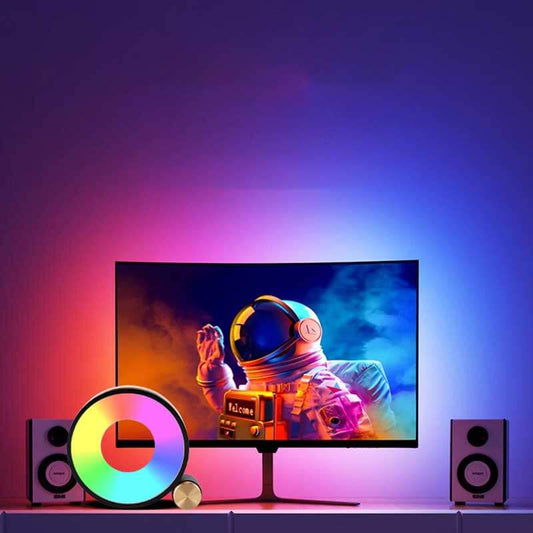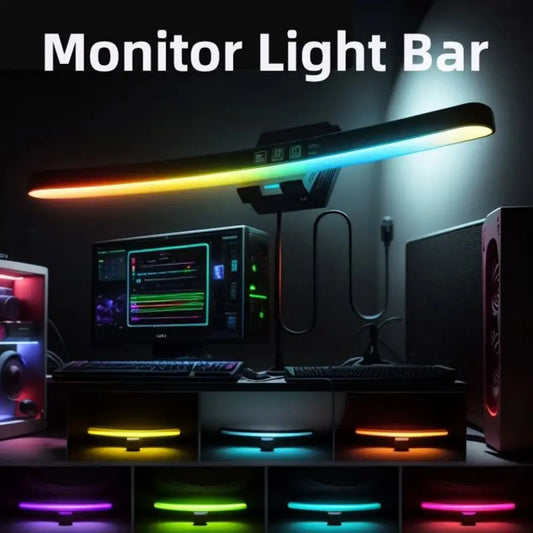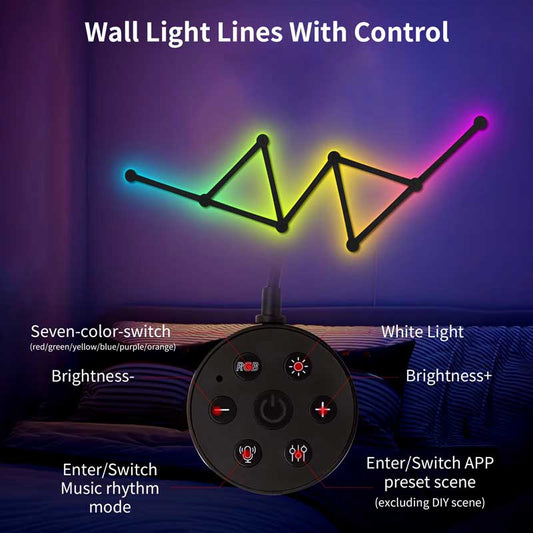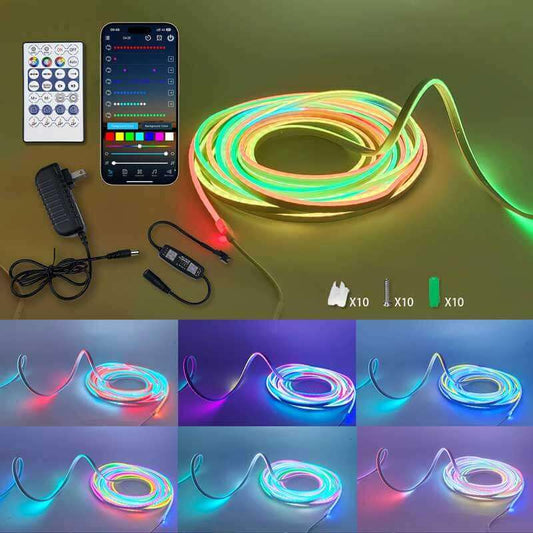What is a 12-bit video?
Share
A 12-bit video refers to the color depth or bit depth of the video, which indicates how much information is used to represent the color of each pixel in an image or video. In simple terms, it defines the range of colors that can be displayed in the video.
What Does 12-Bit Mean in Video?
- Bit depth in video or image files determines how many possible color values can be used for each pixel.
- A 12-bit video means each color channel (red, green, and blue) has 12 bits of data, leading to 4096 possible color values per channel (2^12 = 4096). This is significantly higher than the more common 8-bit (256 colors per channel) or 10-bit (1024 colors per channel) color depths.
Key Characteristics of 12-Bit Video:
-
Higher Color Range:
- 12-bit color depth allows for 4096 shades per channel (red, green, and blue), compared to the 256 shades in 8-bit or 1024 shades in 10-bit.
- This means that a 12-bit video can display over 68 billion colors (4096 x 4096 x 4096) compared to the 16.7 million colors of 8-bit video.
- With such a large color range, 12-bit video provides more precise color representation, particularly in scenes with subtle lighting changes or gradients, resulting in smoother transitions and fewer banding artifacts.
-
Increased Detail and Gradients:
- With 12-bit color depth, videos can display very smooth gradients without noticeable color bands, especially in scenes like sunsets, shadows, or skies where subtle color variations are crucial.
- 12-bit offers much more detailed and refined colors in comparison to 8-bit or 10-bit, which may struggle to show these fine color transitions without banding.
-
Professional Use in Video Production:
- 12-bit video is often used in professional video production, particularly in high-end cameras, HDR (High Dynamic Range) content, and cinema-quality video.
- It's also important in post-production where video color grading and color correction are performed. With 12-bit depth, editors have greater flexibility to manipulate color without degrading the image quality.
12-Bit vs. 8-Bit and 10-Bit:
- 8-Bit Video: Each color channel has 256 levels, so there are about 16.7 million colors. This is standard for most consumer content, such as YouTube videos, DVDs, and Blu-rays.
- 10-Bit Video: Each color channel has 1024 levels, resulting in about 1.07 billion colors. 10-bit is commonly used in HDR video and professional video editing for a wider color gamut and smoother gradients.
- 12-Bit Video: With 4096 levels per channel, this allows for a much richer color range, ideal for high-end production and HDR content.
Why Use 12-Bit Video?
- Higher Dynamic Range (HDR): 12-bit color enhances the ability to create vivid images with a higher dynamic range, capturing more details in bright highlights and dark shadows.
- Post-Production Flexibility: Video editors and colorists benefit from 12-bit depth because it offers greater flexibility for color correction, grading, and effects without introducing artifacts like banding.
- More Color Information: In scenes with subtle or complex color shifts, such as skies, skin tones, or intricate textures, 12-bit depth can represent more nuanced color transitions, delivering more lifelike visuals.
Is 12-Bit Video Common for Consumers?
- 12-bit video is not widely used for consumer-grade video playback or streaming, primarily due to the large file sizes and the need for high-end equipment to process and display such video content.
- Most consumer displays and TVs are not capable of showing the full benefit of 12-bit video. Many TVs and monitors are only capable of 8-bit or 10-bit color, though 12-bit is common in professional cinema equipment and HDR video production.
- For everyday viewing, 8-bit or 10-bit videos are generally sufficient for consumers, but 12-bit is useful in film production, cinematography, and high-end visual effects.
Conclusion:
A 12-bit video has a much higher color depth compared to 8-bit or 10-bit videos, allowing for a significantly greater range of colors and finer gradations of shades. It is mainly used in professional settings such as film production, HDR content, and high-end video editing. While 12-bit video provides superior quality, it requires specialized hardware and storage capacity, making it less common in consumer-grade devices. However, as technology advances, we may see more consumer-accessible 12-bit content in the future.




